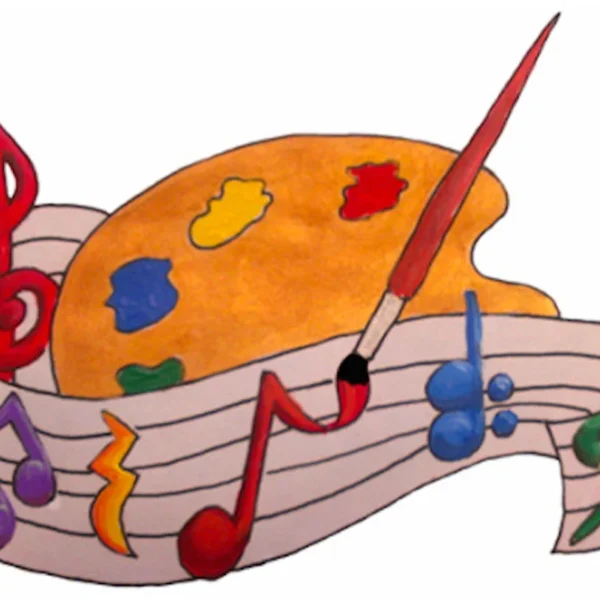Table of Contents

music and art
Music in all its varied forms is the most accessible and affordable form of art we have today.
The popularity of music as a recreational and active form of art participation for the masses is evident through the millions of music groups in the world. Music pervades almost everything we do. Many people even hear music in their dreams, and some see colours when they hear music; a form of synaesthesia.
Much has been written about the music and visual art connection.in this article, Looking at music and listening to art, written by Nicholas Chambers who is the Senior Curator of Modern and Contemporary International Art at the Art Gallery of New South Wales. Chambers says that through the popularity of music “It’s no wonder that so many contemporary artists make work that is inspired by music”.
Of all the artworks that speak a musical voice, I find that Australian Aboriginal art offers the clearest idea of music I have ever heard or seen in any artwork. I know that Aboriginal artists are not specifically including musical references, and most do not use music as the inspiration for their art, however, the colours, shapes, designs, and forms speak loudly of music to me.
One of the main elements of music is tone colour. The contrasting and complementary tonal sounds of orchestral music are built into the music by the composer using different instruments to express a range of moods. Tone colour also comes from applying the various dynamic and registers that any instrument owns.
The process of creating mood in visual art can be relayed by a painter through the use of a range of colours in a particular palate chosen by an artist. There are many ways to create mood in visual art as there are in music, but colour choice can be the overriding instrument that an artist uses to build a particular mood. It’s the same for composers when they choose the instruments for their musical palate. A lot of brass can suggest something bold and a woodwind dominate piece might be suggesting a softer, more subtle mood.
The palate for many Aboriginal artists is earth colours, ochres. As can be seen in this video on Australian Aboriginal Art and Music.
The brightness of and patterns in Aboriginal art offer a strong representation of music as they do about the stories of their country, their people and their myths and Dreamtime stories. Here is an article on Aboriginal Dreamtime Stories.
The vibrations heard in music can be seen in many of the wavy lines in Aboriginal artworks. The circular patterns, which can represent family and local groups are much like the circular or repetitive voices we hear in music. The splashes of colours are like the bursts of a musical flourish.
It’s said that the Russian artist Wassily Kandinsky was a painter of ‘sound and vision’. Looking at Kandinsky’s Colour Study’s, it’s clear that there is a strong connection to his works and many of the designs found in Aboriginal art. Kandinsky played with the connections between sound and art. He wasn’t the first to do this. Architecture and music have been described as frozen art. And another, Walter Pater said, “all art aspires to the condition of music”.
The connections between music and art that Kandinsky formulated, and others, in my opinion, can also be drawn between Aboriginal art and music, as they are similar.
In fact, the term classical music comes to us as a reference to Classical Greek and Roman art. The line between what is music and what is art is always changing. Schools and universities use the music/art connection to enhance student learning. There are music and art classes and training camps for students across the world. The Australian Chamber Orchestra (ACO) has a series of video lessons designed to help students understand how music works. The ACO has one on how abstract art and shapes are depicted in music.
